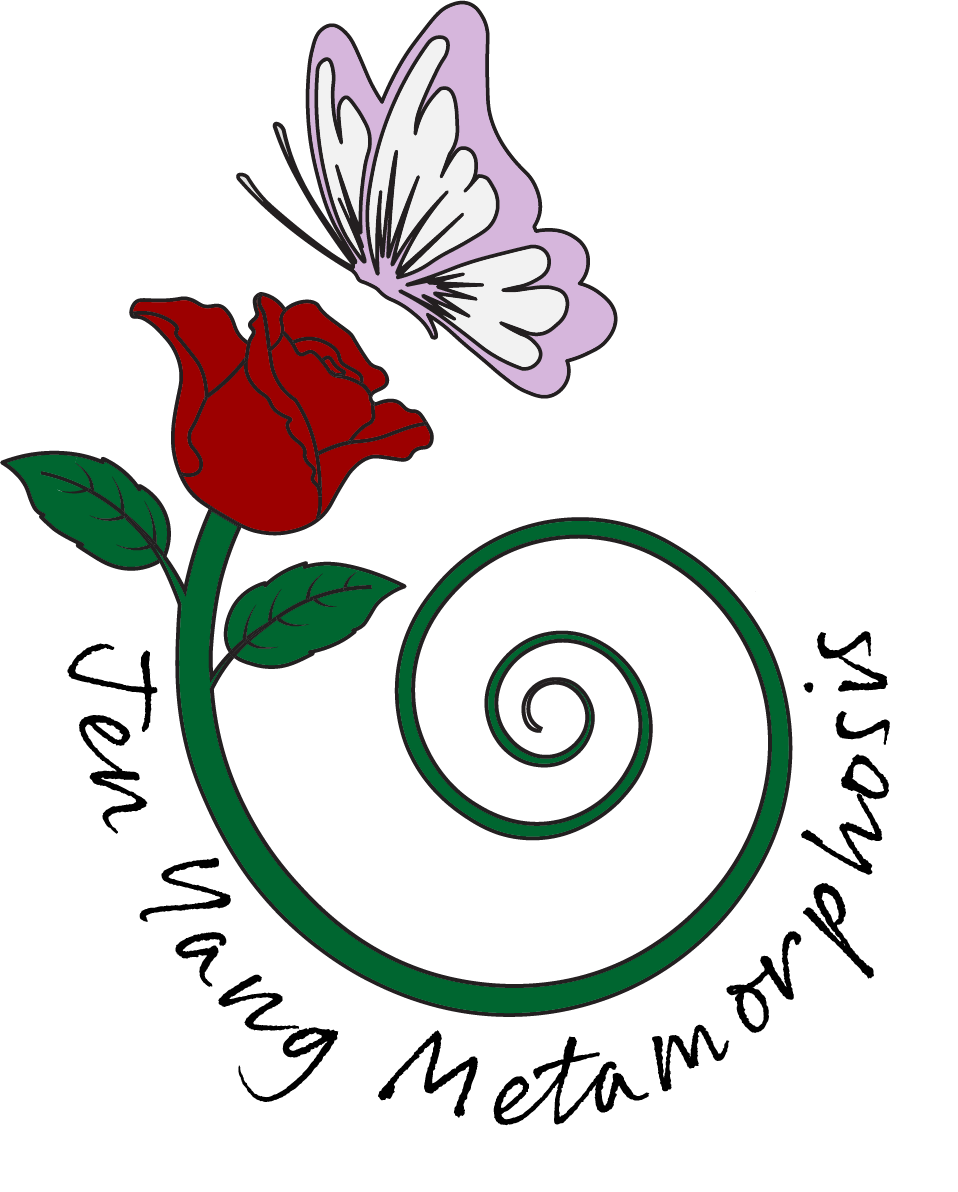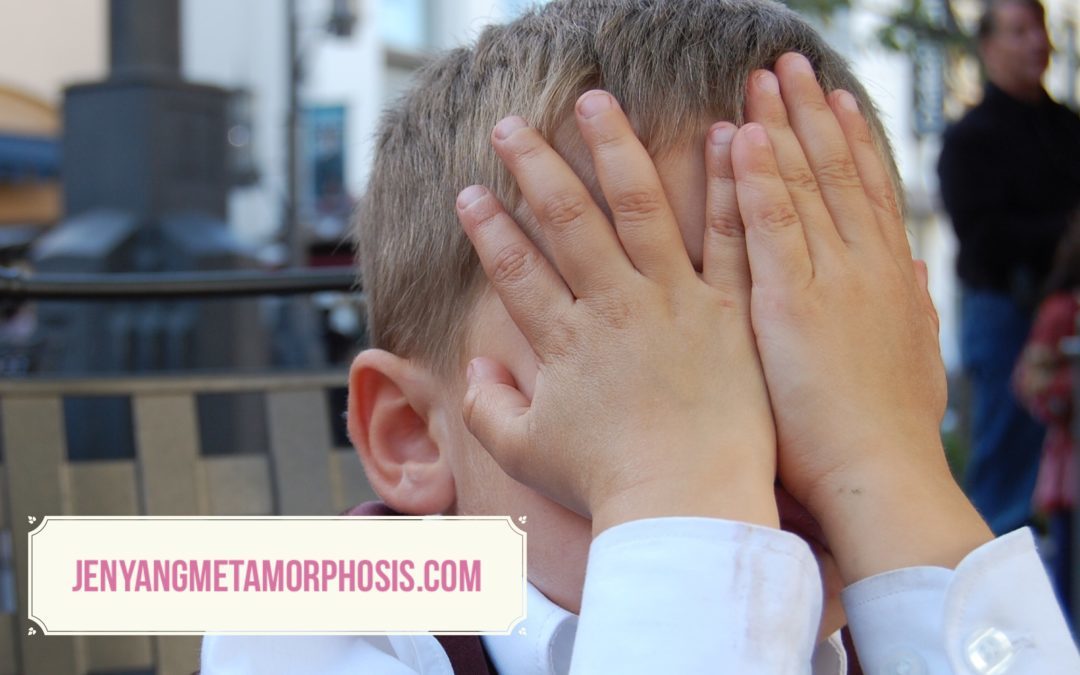Who never makes mistakes in the past? Me, countless! Probably something I’ve said or done to others (or even myself) that I felt bad or regretful about, but the damage can hardly be undone. And then I punished myself for causing the story.
Guilt and shame are distorted feelings and draining energies inside of you. They are like an internal “enthusiasm” to repel any kind of solution and force you to stay in the shadow. When you’re not willing to be open to seeing the light in the situations, it’s natural to feel down and emotionally painful. And of course, feeling trapped is inevitable!
If you did something that was hurtful to others, would you be willing to say, “Hey, I’m sorry, I made a mistake?”
In her TED talk, Brené Brown (one of my favorite authors) said: Shame is a focus on self, guilt is a focus on behavior.
Guilt: I’m sorry. I made a mistake.
Shame: I’m sorry. I am a mistake. Shame seems very personal and it makes us feel inadequate.
(Brené Brown: http://www.ted.com/talks/brene_brown_listening_to_shame)
Well, I used to think that my entire life was run by my feelings of guilt and shame. From the littlest thing like “I couldn’t have eaten this fatty burger (guilt: I did something bad) to a total shame spiral like “Why can’t I just use decent grammar, damn, how incompetent I am (shame: I am a mistake).” Everything I did or thought seemed to be driven by how guilty or shameful I felt that day, which obviously impaired my ability to enjoy life.
The attempt of escaping from feeling guilty & shameful wasn’t helpful at all. The further I tried running away from them, the worse I felt. But throughout the years, I realized that if I continue to avoid these vulnerable emotions, the feeling of stuck can only lead me to greater self-sabotaging behavior that can really harm my mind, body & soul.
We are all spiritual beings having a human experience. Either guilt or shame is just a part of the earthy experience that we all undergo so to learn more about ourselves and to become who we truly are. If we know that everyone else feels more or less the same way (regardless the stories), it weakens the ugly feeling a bit. The truth, everybody feels it. Everybody! We just don’t talk about it on a day-to-day basis.
Having said this, you might still hear it in your mind, feel it in your gut and most importantly, you hate it, period. But the good news is every one of us possesses the inner power to self-heal!
Here, I’d like to share with you seven steps that I use for myself to heal guilt and shame.
1. Create space in your body
We’re taught to think, to analyze and to rely on our mental capacity to resolve issues in life, and we’re so much in our headspace. What happens is when we forget that we have a body & we create an out-of-body experience, lol.
Sure, any pain has its story, especially when memory bank gets triggered. But instead of looking at it and overanalyzing it, start withdrawing your attention from the intensity of the story, but choose to stay in your body, feel the movement (or stillness) of your body. Notice how your body is speaking to you. Is it trembling, sweating, or even just feeling numb?
Close your eyes and take a few deep breaths and just sit there (wherever that makes you feel comfortable), hear the silence, feel the silence and rest in the deep peacefulness. Instead of urgently finding a solution, first Pause. Take a good 5 minutes to just focus on deep breathing without even thinking a thing. Nada. Feel this pure space and openness keeps on expanding without limit.
The more space you create for your body & mind, the greater the support you receive from yourself. You are creating your personal sacred space, inside of you.
2. Be an observer in your sacred space
So, once you connect to your sacred space, try seeing the relation to the pain (guilt or shame) caused by your story. “I hate this feeling,” “I shouldn’t have done this…!” all the judgments might surface.
But it’s ok, whatever comes, let it come (just like clouds floating by). Instead of self-criticizing with harsh words (which is what we do normally), give it space and continue to breathe in deeply with inner knowing of everything is going to be F-I-N-E.
3. See your pain as another human being
Imagine if you look at this guilt or shame as another “human being,” or even a good friend who was crying & saying “I messed up and I feel terrible…” What would you do? Do you think she likes to be told “I hate you! Get out of here”? That feeling of pain will most likely still stick there till you acknowledge how hurtful it is.
4. Allow your pain to express itself
Be completely open and connected while allowing your pain to express like a child. She might be in tears, but feeling protected, touched, loved, and safe. If you take out all the stories of guilt & shame, which you’ve been carrying around for a long time, there’s only pure feeling left (that you could perhaps locate somewhere in your physical body).
Be aware of the existence of it, don’t judge. If you’ve noticed with the wrongness that you’ve done, it’s perfectly OK. Treat it as a neutral state in your mind, like water. Continue to breathe in whatever that comes up.
5. Send it love and feel the shift
The way you have handled your best friend came to you with massive pain is a good example. She has already felt very horrible, and there’s no doubt that you are here to support her with great comfort. You don’t have to be a practitioner or a therapist to do this because you have it all equipped!
What is the response from this friend? Does she feel appreciative, safe, protected, supported? If you can give such loving space, compassion, and warmth to others, it wouldn’t make any sense that you can’t give the same package to yourself, right?
So, to the feeling of guilt or shame, give it (again, as your best friend, or even your pet if you can’t think of a friend!) a non-judgmental space, undivided love, a big warm hug, the friendliness with caring attention. You could send a stream of white light from your heart to where the pain is located in your body.
Then see the pain starts to dissolve as your loving energy penetrates it. Once the emotional pains are healed and relieved from within, you can feel the physical tension in your body is lessened.
Your stories actually become insignificant, if not less.
6. Trust your inner wisdom
Self-trust is an important element in the healing process. The more you practice, the better you’ll connect with your healing nature. You’ll be surprised to find out that the solution lies within your given intelligence and the effect may come sooner than you think.
Again, stories aren’t that important. Only our head cares. Our inner healer is not so interested in these stories, but she cares a lot to center that loving attention to melt your pain and transcend it into light and wholeness. Continue to breathe in deeply throughout the whole process.
7. Practice bringing yourself back to the present
Each emotional scale serves a special purpose for you to explore what you really want in life. The truth is when you care about living in the present more and consciously feeling gratefulness moment by moment, guilt or shame is less likely to exist. Bring your awareness back to what you are feeling, or doing right now.
Here’s a quirky example for ya! Nearly everyone is sensitive to mosquito bites, but for those of whom continue to think about why a mosquito should bite them, actually feel a greater intensity of the itchiness. Whatever you put your attention on expands. Practice to let go of the story that is not serving us, my friends. :))
As a shame researcher, I know that the very best thing to do in the midst of a shame attack is totally counterintuitive: Practice courage and reach out! ~ Brené Brown
Sending you so much love & healing power!
xoxo,
Jen


